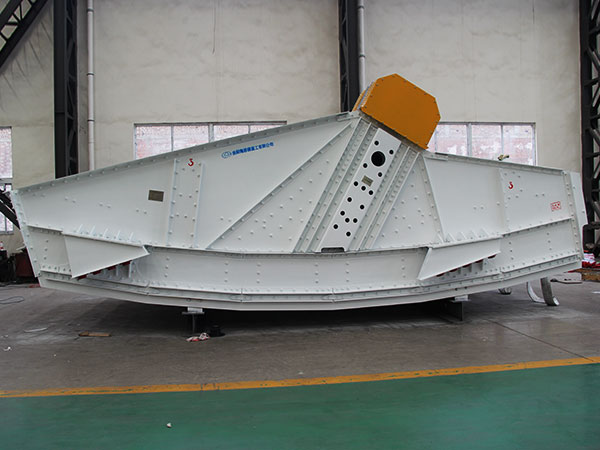How much is a septic tank truck
The price of a septic tank truck can vary depending on a variety of factors, such as the size of the truck, the brand and model, and any additional features or options that may be included. Generally, new septic tank trucks can cost anywhere from $75,000 to $200,000 or more, depending on these factors.
Used septic tank trucks can be purchased for less than the cost of a new one, but the price will depend on the age, condition, and overall mileage of the vehicle. The price for a used septic tank truck can range from $20,000 to $100,000, depending on these factors.
It’s important to note that the cost of a septic tank truck is just one aspect of the overall cost of operating a septic tank pumping business. Other costs to consider include maintenance, fuel, insurance, and any necessary permits and licenses.
Several factors can affect the price of septic tank trucks
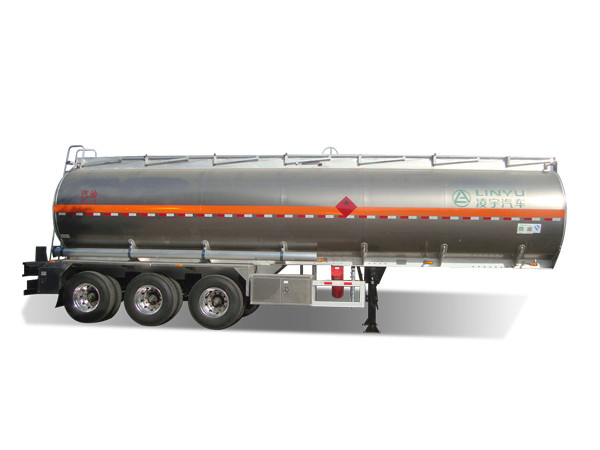
Tank Size
The size of the tank is one of the most significant factors affecting the price of a septic tank truck. Larger tanks can hold more waste and require a more substantial truck chassis to transport them, which can increase the overall cost.
Pumping System
The pumping system is another important factor affecting the price of a septic tank truck. The pumping system needs to be powerful and reliable enough to pump out septic tanks quickly and efficiently. Trucks with more powerful pumping systems will generally cost more than those with less powerful ones.
…
For more detailed information on the price of septic tank trucks, please click to visit:https://www.ly-cimc-linyu.com/a/news/septic-truck-prices.html

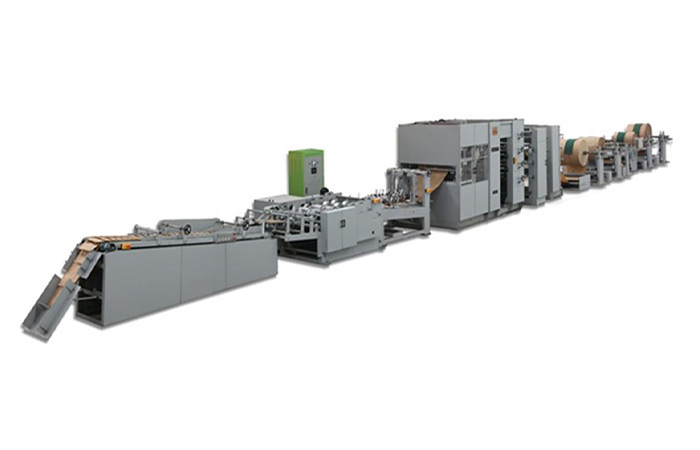
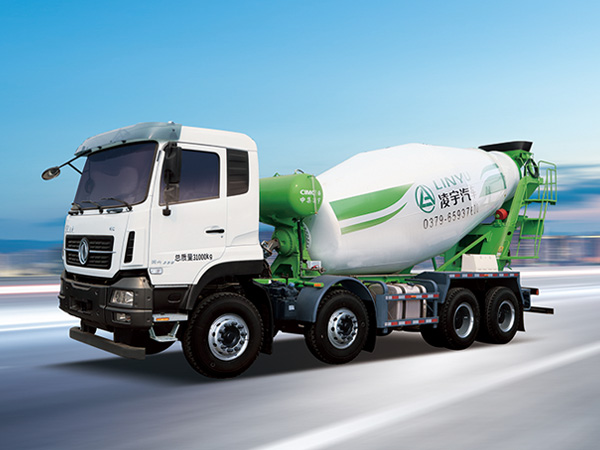

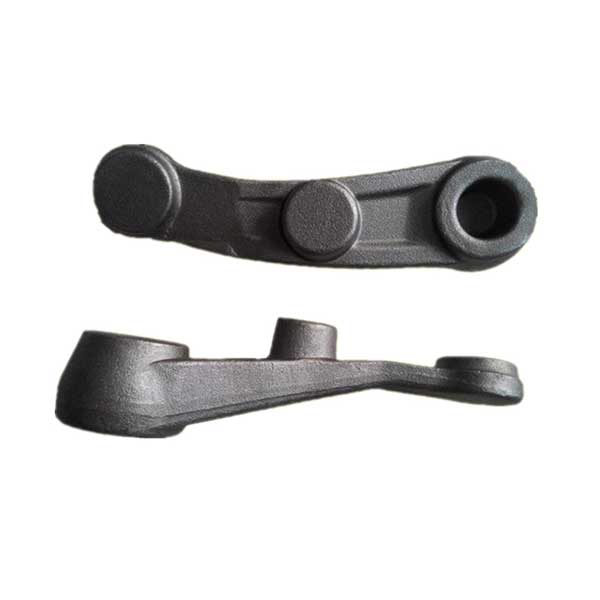

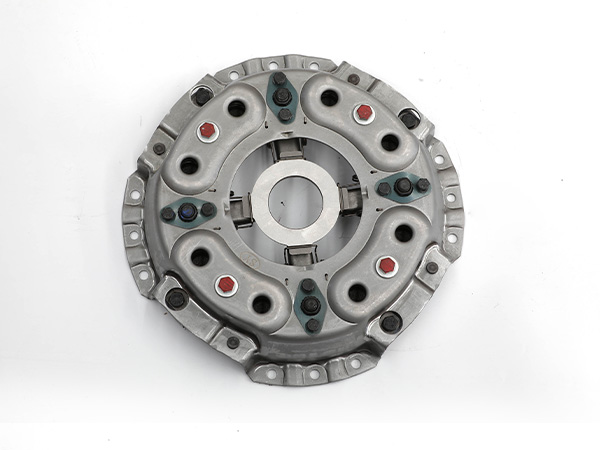

.jpg)
